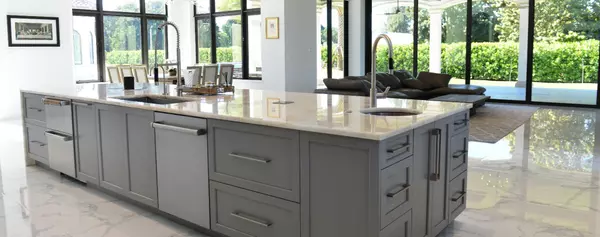
Pre-Construction Condos Southeast Florida – The Ultimate Guide to Building Equity Early
The Power of Buying Pre-Construction in Miami, Fort Lauderdale & Palm Beach Southeast Florida has become one of the most desirable real estate markets in the world, attracting both local and international buyers. With limited inventory and strong demand, property values continue to appreciate at one
Read More

Why International Buyers Are Investing in Southeast Florida’s New Construction Homes
Why International Buyers Are Choosing Southeast Florida for New Construction Homes The world’s most discerning investors are increasingly looking toward Southeast Florida and for good reason. With its combination of tax advantages, world-class lifestyle, and a flourishing new construction market, th
Read More

Lifestyle Real Estate in South Florida | Weston, Parkland & Pinecrest Luxury Homes
🌴 Lifestyle Real Estate vs. City Living: Why Buyers Are Choosing Weston, Miramar, Southwest Ranches, Parkland & Pinecrest More luxury homebuyers are leaving big cities behind and turning to South Florida’s lifestyle real estate markets. Communities like Weston, Southwest Ranches, Parkland, and Pi
Read More
Categories
Recent Posts









